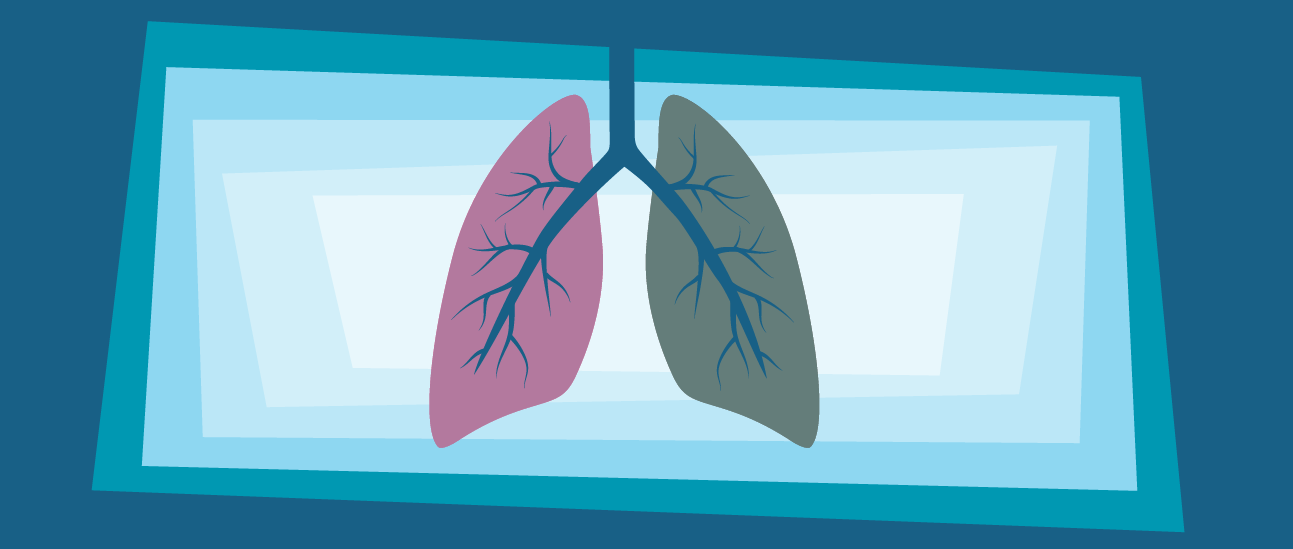What does Medicom Health mean by “intrinsic motivation for lung screenings all year long?” Well, it is a mouthful, so give us a minute.
First, “intrinsic motivation” means you are internally motivated to do something because it is the right thing or fun thing to do or that you know you will benefit from it. It is the opposite of “extrinsic” motivation which is being told you should do something. Guess which one works better.
Second, promoting lung screenings is challenging. Most smokers already know they should quit. They know they are at risk for lung cancer and might need a screening. Therefore, you don’t want to offend them by being preachy. What you are really trying to do is to help them approach the issue in a comfortable way. We think our Lung Cancer Risk Assessments can do that. As an added benefit, they also educate the public who may not even know what a lung screening is or why you might need one, or that many times it is covered by Medicare.
Third, we find that many health systems focus smoking cessation efforts just a portion of the year. Often this is November because that is when the Great American Smoke Out occurs. We think there is a better way.
How Our HRA Builds Intrinsic Motivation for Lung Screenings
Remember, our HRA identifies candidates for low-dose computer tomography screening. It does not directly calculate lung cancer risk. It is only helping users understand if they should schedule a lung screening based upon widely accepted guidelines. That is far easier to swallow than cancer risk. It also shifts much of the discussion of smoking cessation to an office visit, which is probably more effective than text on a screen.
For one thing, it evaluates not just smoking, but also a variety of factors. Some a person can control and others they can’t. These include family history, pulmonary fibrosis, radiation therapy to the chest, second-hand smoke exposure, asbestos, radon, dusts, inhaled chemicals or minerals, workplace exposures or air pollution. This means you can soften promotional messaging so that it does not appear you are singling out smokers or smoking, even though you probably are. After all, a 30 pack-year history and age of 55+ years are the most relevant risk factors.
Next, it takes a very objective approach to quantifying these personal data points, so it helps users understand their exact personal situation, not broad generalities. It makes it real for them.
While internal motivation is best, nothing stops your nurse navigators from reaching out to high risk users via a personal phone call. Some people are more motivated by a personal approach, rather than data.















 Thank you for your interest.
Thank you for your interest.